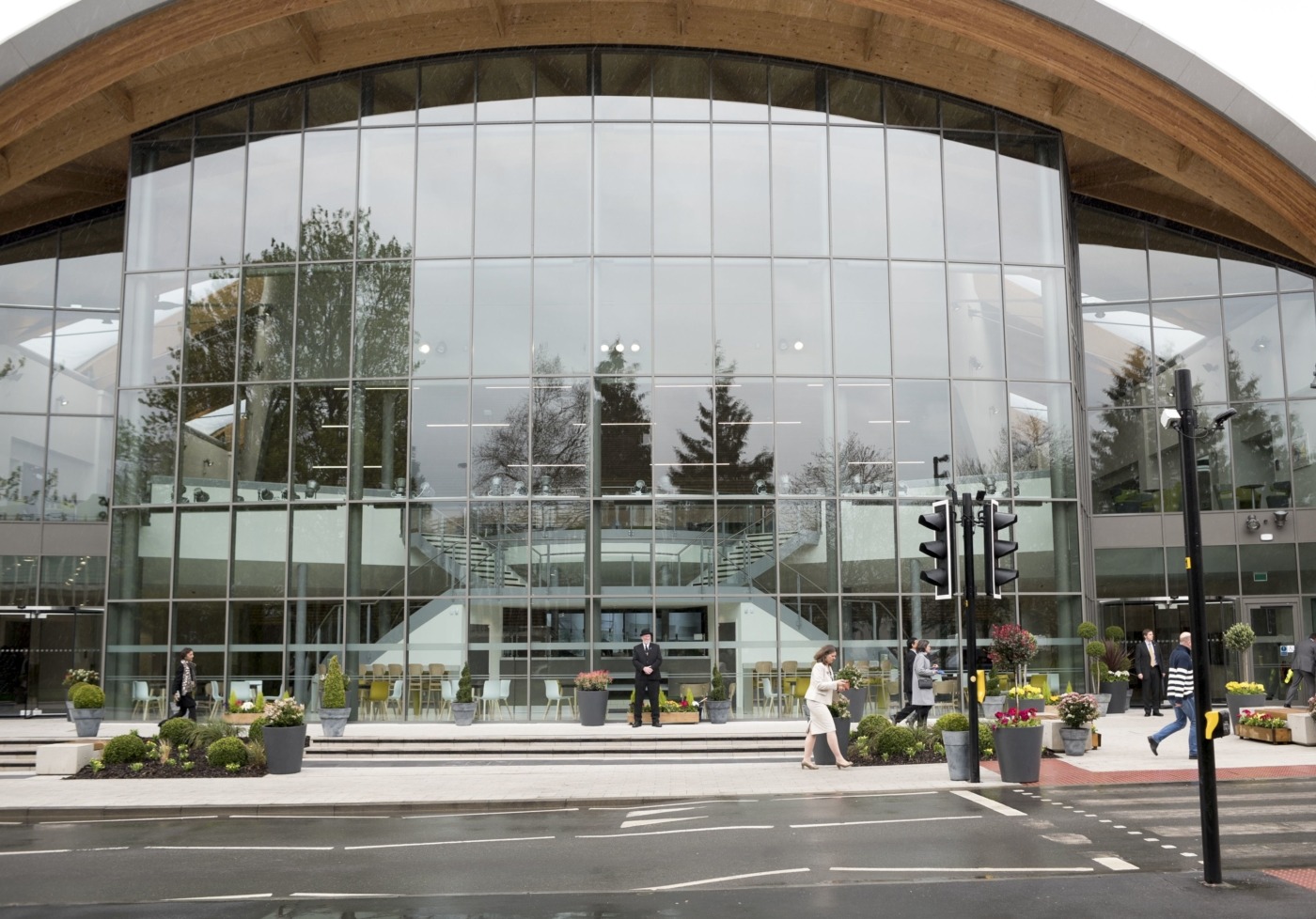Warwick summer research round-up
While most of you will have had a relaxing summer away from the pressures of university life, your lecturers and professors have carried on working. Here’s a summary of what academics at the University of Warwick achieved throughout the summer.
Foot-and-Mouth Disease vaccination
Unless you’re Jenna McCarthy, then you’ll be happy to hear of a new vaccination strategy for foot-and-mouth disease in cows. A collaboration between the Univerisity of Warwick School of Life Sciences and Mathematics Institute simulated previous outbreaks to apply several different strategies to them and analyse their effectiveness in real-time. This model didn’t apply different past outbreaks to new outbreaks, removing a degree of uncertainty from the results. They discovered the most effective strategy relies on surveillance from local authorities who could cull infected farms and develop ring vaccination strategies to farms surrounding the infected farm, and Dr Michael Tildesley hopes these insights will be adopted by authority figures to predict future epidemics.
Neural link between sleep and depression
I hope everybody slept well during the summer because research between University of Warwick’s Department of Computer Science and Fudan University have been looking at the relationship between poor sleep and depression, collecting and analysing data from 10,000 people. Strong connections between the dorsolateral prefrontal cortex (associated with short-term memory), the precuneus (associated with the self) and the lateral orbitofrontal cortex (associated with negative emotion) that cause poor quality sleep were discovered, outlining the neural mechanisms between depression and sleep quality. With this causal mechanism understood, Professor Edmund Rolls mentioned this could support the idea of the lateral orbitofrontal cortex being an important area for treatment.
Using light to synthesise polymers
A project undertaken by the Warwick Medical School and Department of Chemistry have developed a new technique using light for synthesising libraries of hundreds of polymers. As it screens so many different polymers, research can also screen this collection for new antimicrobial compounds. Not only are antimicrobials used in many products including food and cosmetic products but have become touted as an alternative to antibiotics. Dr Sarah-Jane Richards described how the most effective antimicrobials inhibited the growth of bacteria tested on and are planning to do more research into the antimicrobials.
Light seen from neutron star merger
Finally, a team of Warwick-based astronomers had an exciting summer as they were first to see light from a neutron star merger. A neutron star merger is when two neutron stars in proximity merge together to form a larger neutron star or a black hole. This merger was first to be visually confirmed in August 2017 in a galaxy far far away (130 million light years). The University of Warwick astronomers managed to observe a jet of material emitted from the merger travelling close to the speed of light in the direction of Earth using the Hubble Space Telescope. These observations are important to understand the structure of these jets, and how they reach such high velocities.

Comments